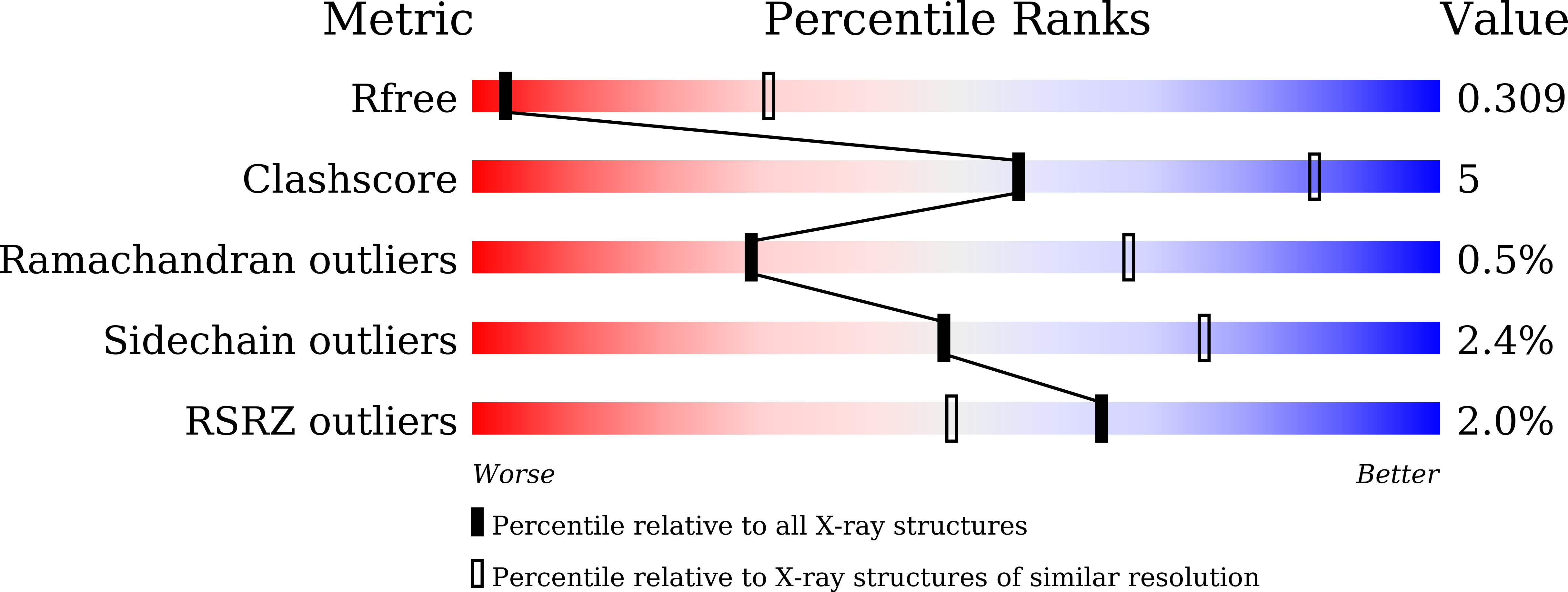
Deposition Date
2020-06-08
Release Date
2021-06-09
Last Version Date
2023-11-29
Entry Detail
PDB ID:
7CA1
Keywords:
Title:
Crystal structure of dihydroorotase in complex with plumbagin from Saccharomyces cerevisiae
Biological Source:
Source Organism:
Host Organism:
Method Details:
Experimental Method:
Resolution:
3.60 Å
R-Value Free:
0.30
R-Value Work:
0.26
R-Value Observed:
0.26
Space Group:
P 1 21 1


